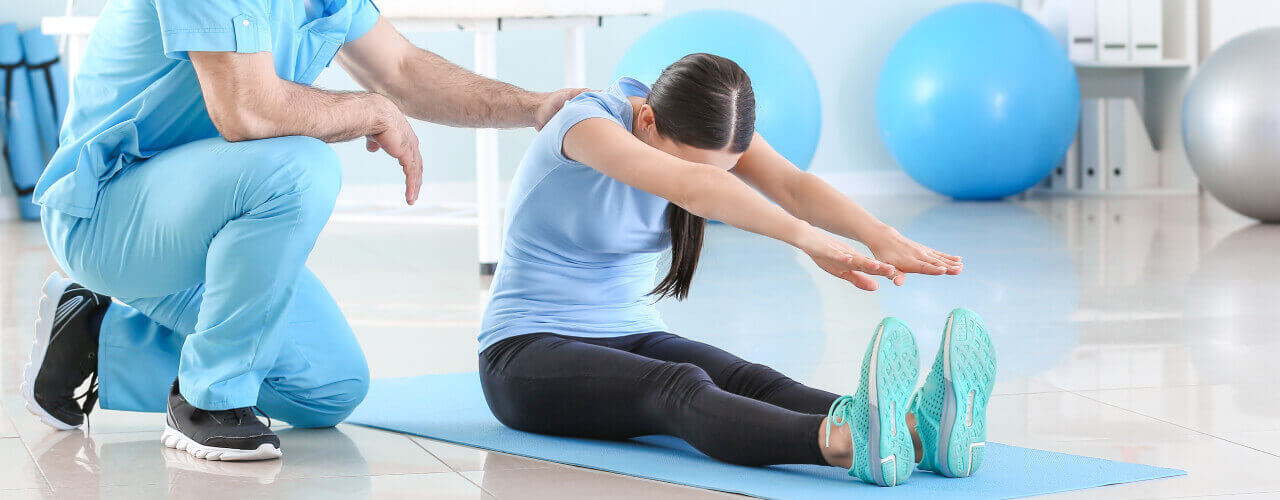Effective Approaches to Reduce the Chance of Acute Injuries in Athletics Through Focused Preventative Strategies
Effective Approaches to Reduce the Chance of Acute Injuries in Athletics Through Focused Preventative Strategies
Blog Article

Sudden injuries in athletics can occur unexpectedly and frequently lead to serious problems for athletes. These traumas can range from sprains and tears to breaks and head injuries. To assist prevent these injuries, it is essential to implement focused preventive strategies. These strategies focus on awareness, appropriate preparation, equipment use, and overall health maintenance. By addressing these important areas, players can considerably lower their risk of experiencing acute injuries while engaging in their beloved activities.
One effective approach to minimizing the likelihood of injuries is through instruction. Players, trainers, and parents should be informed about the typical types of traumas associated with particular sports. Comprehending the mechanics of these injuries allows all involved to identify the signs and symptoms early. Educational workshops or seminars can assist teach players about proper techniques and the importance of preparing up before matches or practices. This knowledge enables players to take responsibility for their safety and motivates them to express any concerns about potential injuries.
Another crucial protective strategy is proper training. Players should participate in a well-rounded training program that centers on developing strength, flexibility, and endurance. Strength training assists build the muscle groups that support joints, reducing the chances of traumas. Flexibility exercises, such as elongating, can enhance the scope of motion and decrease the risk of muscle tears. Additionally, athletes should include sport-specific drills that simulate game scenarios, which can help them become more acquainted with the actions involved in their selected sport. Trainers play a vital role in designing and implementing these conditioning programs to ensure they are safe and effective.
The use of suitable this hyperlink equipment is also essential in reducing acute traumas in sports. Players should consistently wear the right equipment for their particular sport, including helmets, pads, and suitable footwear. For instance, gridiron players need helmets to protect against head injuries, while football players require shin guards to shield their legs from impact. It is crucial that equipment fits correctly and is cared for regularly to guarantee it provides the intended protection. Trainers and parents should encourage players to take the time to select and use the right equipment to reduce their chances of injury.
In addition to awareness, training, and gear, maintaining overall health is essential for injury prevention. Athletes should emphasize proper nutrition, hydration, and rest to keep their physical condition in top shape. A balanced diet rich in vitamins and minerals aids support muscle recovery and overall athletic performance. Maintaining hydrated is also crucial, as dehydration can result to fatigue and increase the risk of traumas. Lastly, achieving enough sleep is vital for recovery and maintaining focus during training sessions and games. By encouraging good well-being habits, players can improve their performance and lower their chances of suffering from acute injuries.
In conclusion, minimizing the likelihood of acute traumas in athletics requires a comprehensive method that includes awareness, adequate preparation, suitable gear, and overall well-being maintenance. By concentrating on these specific protective strategies, players can better safeguard themselves from the risks of traumas. Trainers, guardians, and players all have vital roles to fulfill in creating a secure athletics environment. By cooperating together and emphasizing protection, the pleasure of athletics can persist without the disruption of serious traumas.